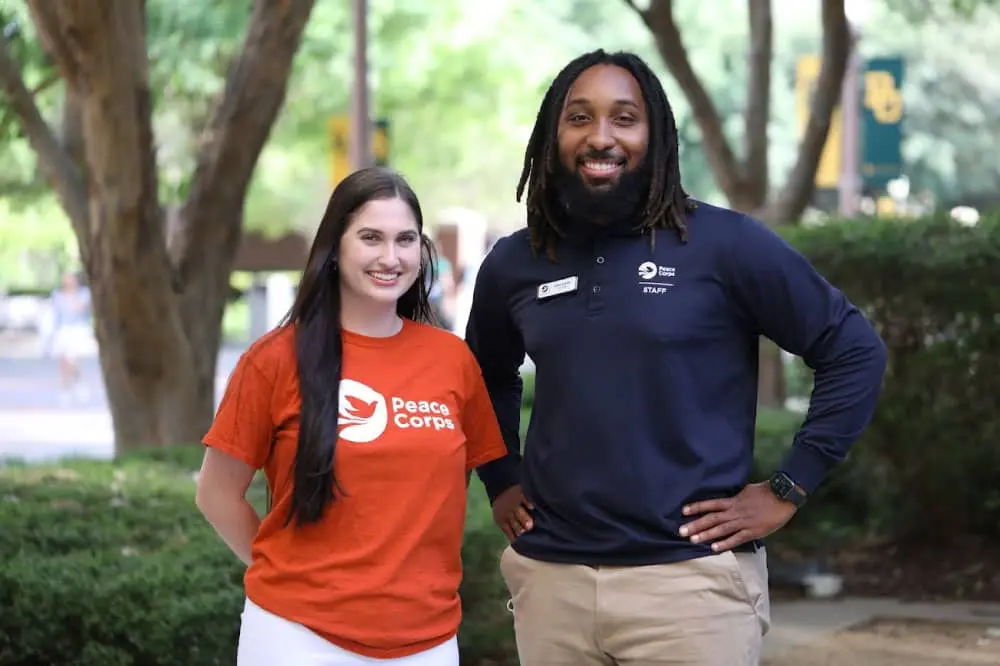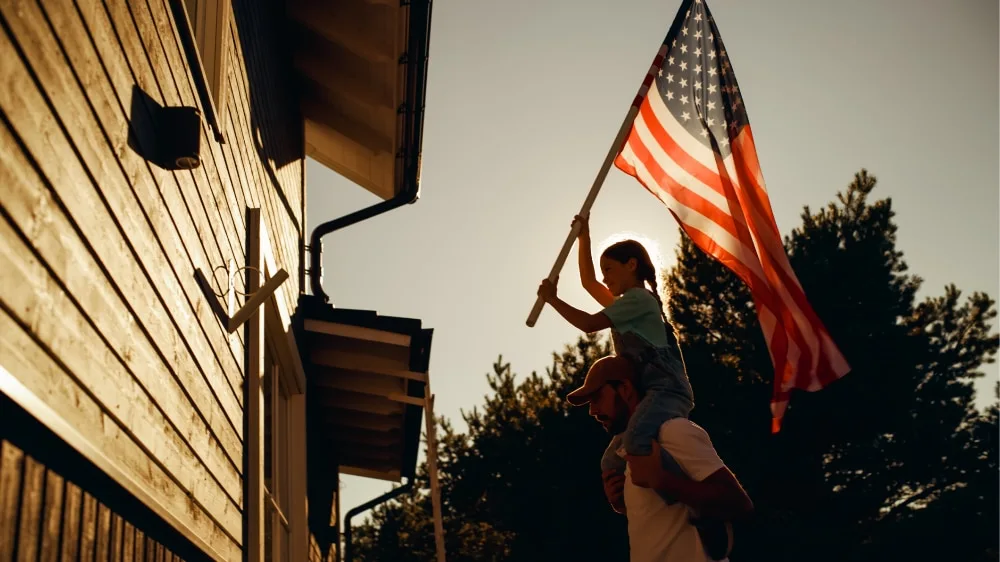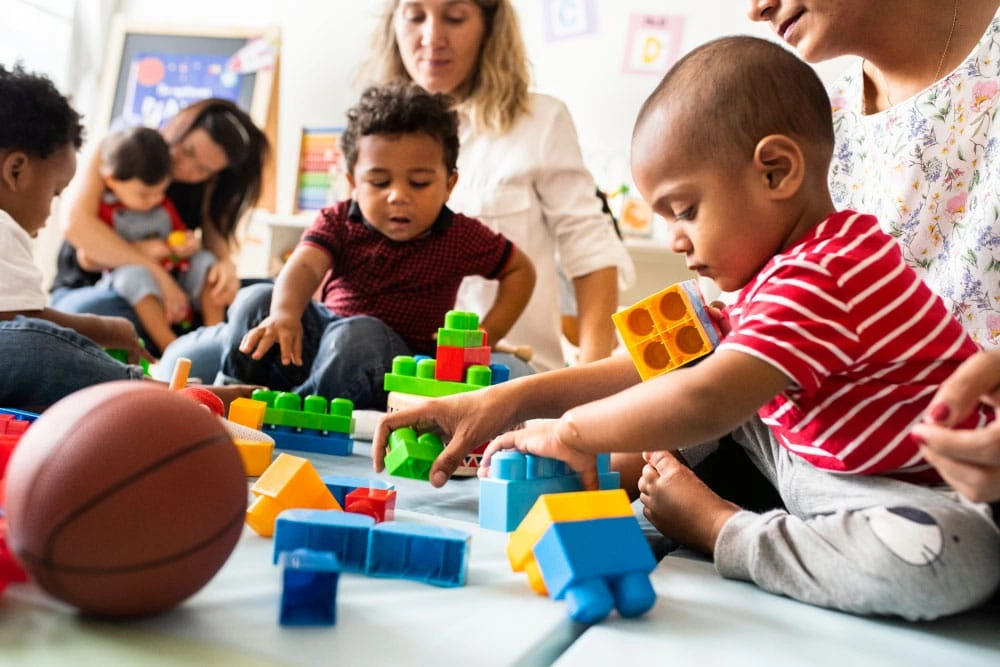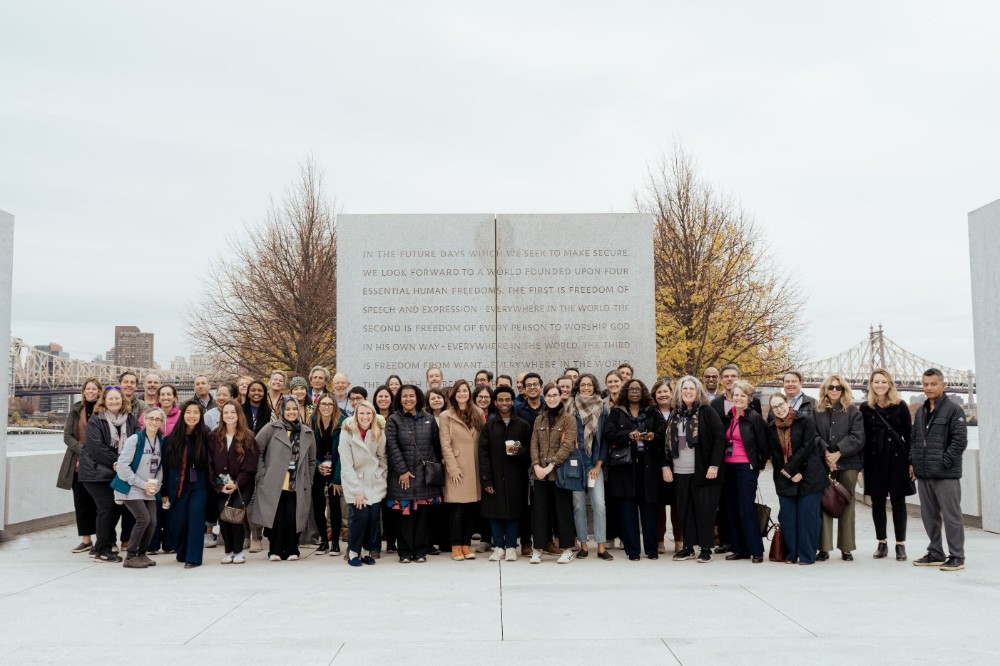Chi Nguyen -
Jun 16, 2025
From Isolation to Belonging: Building Connection Across Divides
From Isolation to Belonging: Building Connection Across Divides
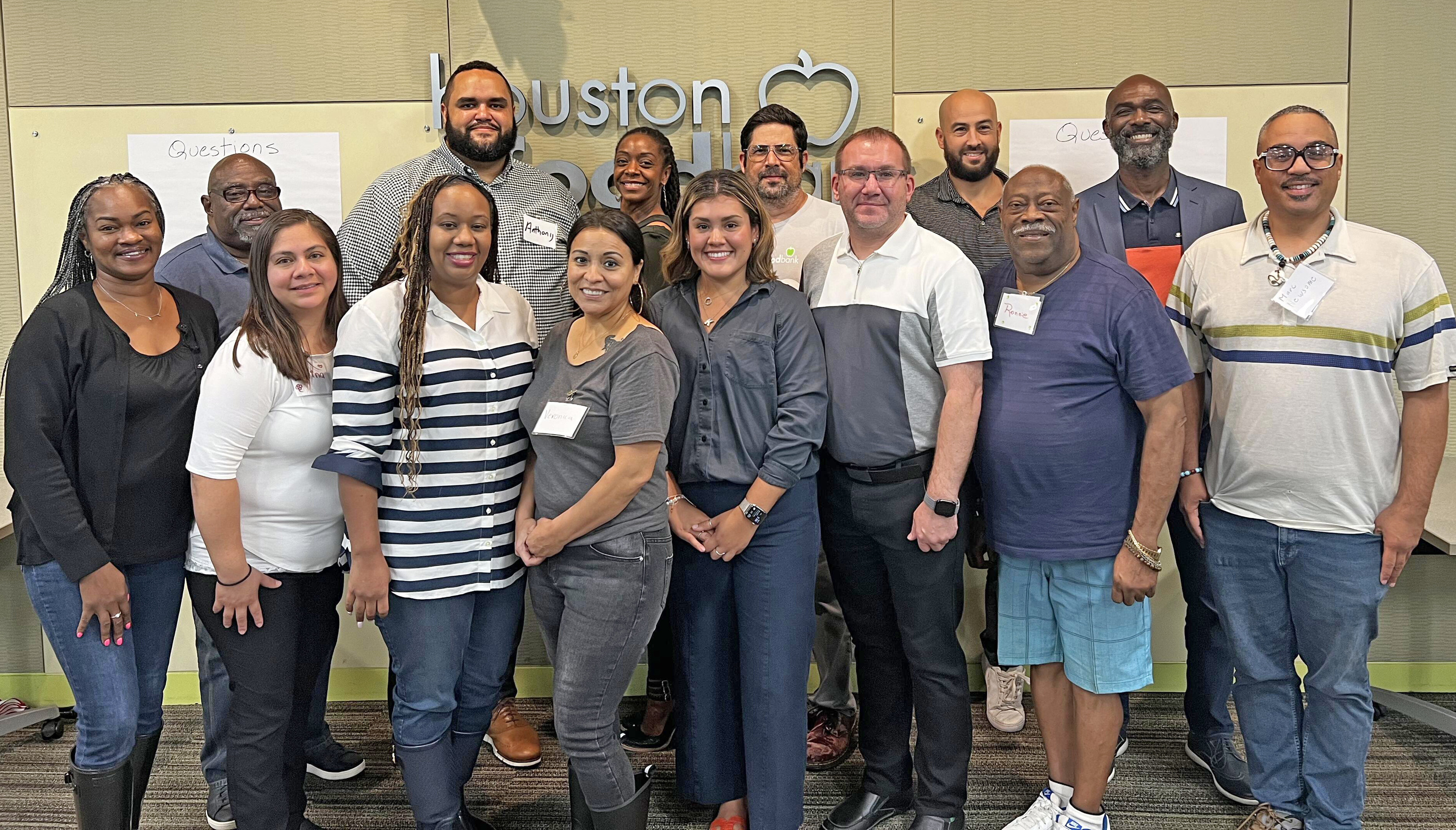
Partner Spotlight: More in Common U.S.
Belonging Strategy
A few years ago, Leah Rubenstein was looking to expand her circle of community.
So, she agreed to be a mentor through the mentorship program of the nonprofit Hello Neighbor, which matches refugee and immigrant families with caring neighbors.
Hello Neighbor’s program was one of seven highlighted by More in Common U.S. — a partner of Einhorn Collaborative — as part of their research to understand how Americans value connecting across differences, and how those connections occur at the local level.
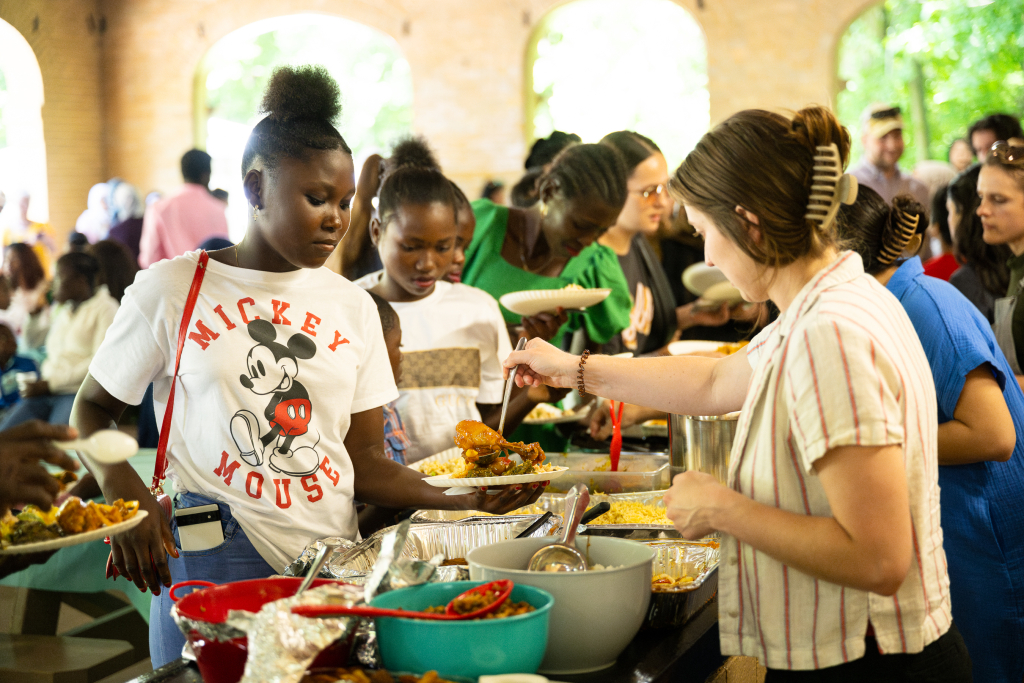
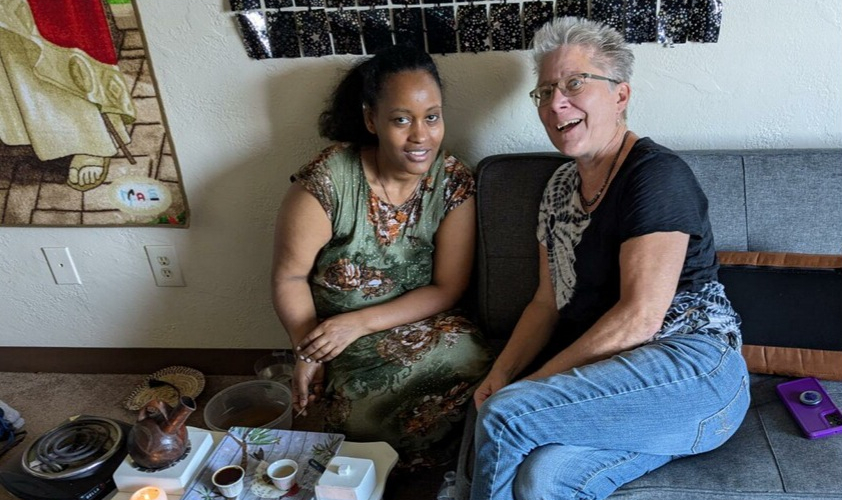
“We were establishing a friendship,” Rubenstein says about her mentee, an Ethiopian immigrant with a young child, who came to family events and meals. “Establishing a friendship is something that we all do every day in varying degrees. I looked at it more as community building, relationship, friendship, and not so much as ‘I’m here to help you.’ It was more of an equal relationship.”
Rubenstein’s desire to connect is not unusual. In Houston, people gather over meals to discuss solutions to food insecurity. The program, Dining with a Purpose, organized by the Houston Food Bank, brings a broad range of individuals together toward a common goal. It is among the local programs highlighted by More in Common U.S.
“The theory of change was, ‘Can shared meals over time create empathy to reduce division?’” says David Brown, the program’s architect, adding, “The whole thing was designed to create thousands of threads of connection.”
The Connection Opportunity
In a recently published report, More in Common found that most Americans value connecting across differences and enjoy shared activities. A majority (66 percent) of Americans across all demographic groups feel they can learn something valuable by connecting with different others, and seven in 10 (70 percent) feel a responsibility to do so.
More in Common works to understand the forces driving people apart and help them find common ground to tackle challenges together. A couple of years ago, the organization decided to examine the crisis of connection to understand what prevented Americans from forming more meaningful cross-group connection in their day-to-day lives.
“We know connection across lines of difference is how you strengthen trust and warmth between different groups in society, and we know feelings of trust, both trust in institutions and also social trust — trust in people — is at record lows right now,” observes Calista Small, Research Manager at More in Common U.S. “So, to address this issue of low trust, we need to start thinking about social connection, and specifically connection across lines of difference.”
Around the same time, in 2023, the U.S. Surgeon General’s advisory, issued by Vivek Murthy, highlighted the growing public health crisis of isolation, loneliness, and disconnection in the nation, with roughly half of adults experiencing loneliness.
“People do feel really divided and fragmented, and there is this desire for wanting to have more connection in our lives,” says Kate Carney, Deputy Director at More in Common U.S. “Our report fed into this overlying conversation that was happening in the United States. We really wanted to know who was interested in doing this. What are the barriers people face?”
More in Common conducted a comprehensive study from 2023 to 2024 on the issue, surveying more than 6,000 adults in the U.S., using quantitative and qualitative methods. It focused on four lines of difference — race/ethnicity, religion, political ideology, and socioeconomic status.
Respondents were most apprehensive about connecting across political lines of difference. They are more likely to report personal hesitations when it comes to connecting across political viewpoints, such as they “don’t have the energy” to do so (18 percent) or that they fear they would be “misunderstood” by the other side (17 percent).
Interest in connection was shaped more by how they think and feel rather than demographics. The strongest predictor of interest in connection was community norms of connection — if people think others in their community value and are connecting across differences — followed by factors like feelings of belonging, curiosity, and responsibility. These factors mattered more so than demographics like gender or age. Intergroup anxiety — awkwardness about interacting with different groups of people — was another key predictor of interest.
Critically, More in Common’s research found the most commonly cited barrier to connecting is a “lack of opportunity.”
Calista Small views the fact that many people cited a lack of opportunity as a key barrier to these connections as indicating that people want to create a positive impact and engage with their community. It also suggests a shortage of accessible ways to get involved.
Connection Cascades
Perhaps one of the most hopeful findings of More in Common’s research was the phenomenon of “cascading” interest in connection.
The more people experience connecting with others, the more interested they might be in connecting again in the future — finding themselves in a cycle that builds on the previous experience.
Brown has seen this play out in Houston, a metro area with an upbeat outlook on connecting with differences.
The Dining with a Purpose series took a deliberate approach to bringing people together. Through an application process, organizers assembled 12 participants facing food insecurity and 12 others who didn’t have that challenge. Dinners were special, with attention to detail, engagement norms, and skilled facilitators. Diners came to these meetings simply to build community.
“The first cohort was pretty sticky, and they’re still involved,” says Brown, an innovative collaboration and engagement strategist at Houston Food Bank. “It grew into the next version, which was a series of six dinners with a much bigger arc, and then that one informed the third cohort.”
More in Common surveyed these cohorts. A survey of the second cohort showed that a majority of participants felt a sense of belonging at the dinner series.
Nine out of 10 said they learned something new, and 86 percent agreed that they were able to find common ground across differences. Seventy-five percent felt closer to their local community and also agreed that they have a personal responsibility to lower food insecurity in Houston.
One respondent said, “I was in a space with people with whom I probably would’ve never communicated. Having access to [this space] allowed me to change that and make a ton of connections.”
Dining with a Purpose this month held its closing retreat. Brown hopes to publish manuals for operation and facilitation, as well as one for participants.
“Our hope is that it does get replicated,” he says.
An example of Kansas City’s efforts to rally neighbors around a shared goal is the work of the Lykins Neighborhood Association. With the help of Neighborhood Legal Support of Kansas City, the neighborhood association filed a request for proposal to develop vacant lots.
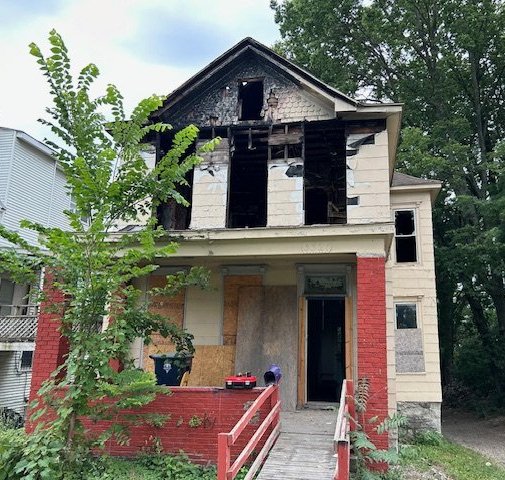
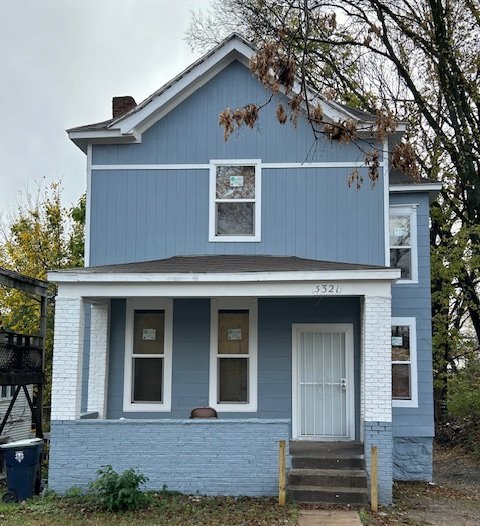
“Once you start building these neighborhood relationships, not only are they really productive, but they’re really enjoyable,” says Gregg Lombardi, executive director of Neighborhood Legal Support of Kansas City.
The project empowered residents to take ownership of their surroundings, transforming blighted and abandoned homes. It has rehabilitated 43 homes so far, bringing residents together to improve their neighborhoods. Data shows that violent crime is down, and people feel safer and are getting out and getting to know their neighbors. As part of the project, NLS has raised funds to support youth soccer teams that include more than 100 neighborhood children who play in Lykins Square Park.
Angie Curtis, a social worker and a member of the Lykins Neighborhood Association, finds that positivity and connection have a multiplier effect.
“We’re engaging with them, we’re getting them excited,” Curtis says. “And the word of mouth is tremendous. When you’re doing good things, you notice that folks are saying to their other relatives, ‘Come join. Come see what’s going on over there.’”
Levers of Change
To nurture connection across differences, the More in Common report offers seven levers of change for individuals and organizations.
- Provide more opportunities for people to connect across differences.
Since a lack of opportunity was the most frequently cited barrier, the report suggests creating meaningful ways for people to connect where they already gather, like at block parties, festivals, and local events. These moments don’t need to be promoted as bridging activities; connection can happen organically. - Increase the perception that connecting across differences is the “community norm.”
The strongest predictor of interest in connecting across all four explored lines of difference was believing it was valued in a community. Leaders and local media can model and amplify cross-group collaborations, especially across political lines. - Foster local community belonging.
When people feel like they belong in their local community, they are more open to connecting. Cultivating that sense of belonging and creating a shared identity through community projects can encourage individuals to come together. - Focus on commonalities, like shared interests and goals, to broaden the appeal of bridging activities (activities where people have an opportunity to connect across differences).
The examples above illustrate how shared goals are powerful motivators. Inviting people to discuss community issues directly affecting them may even draw those who prefer to remain on the sidelines. - Reduce intergroup anxiety.
Two pathways can help lower anxiety: correcting the mistaken belief that “the other side doesn’t want to connect,” and teaching bridging skills like active listening. - Emphasize the importance of “connective responsibility.”
This reflects the degree to which people consider connection a moral or ethical obligation. The more people feel a responsibility to connect, the more they will be interested in activities that enable connection. Leaders who share and model a sense of collective responsibility can make a big impact. - Seek opportunities to create “connection cascades.”
Positive experiences of connection can spark a virtuous cycle. Supporting opportunities for sustained interaction, like cross-group friendships, long-term projects, or community mentorships, can create self-sustaining cycles of connection over time.
Why We Still Have Hope
In Pittsburgh, Houston, Kansas City, and other neighborhoods nationwide, small acts of connection are building stronger, resilient communities. Reaching across lines of difference doesn’t have to be an extraordinary gesture.
Each of us can connect. Sometimes, all it takes is a willingness to eat a meal together, have a conversation, or share a common goal to turn a stranger into a neighbor and friend.
As connection cascades, so does the opportunity to shape a united, hopeful future.
Suggested reading:
Chi Nguyen leads Einhorn Collaborative’s communications and Belonging Strategy. Learn more about Chi. Sign up to receive our monthly newsletter and be the first to read Chi's blog posts.

